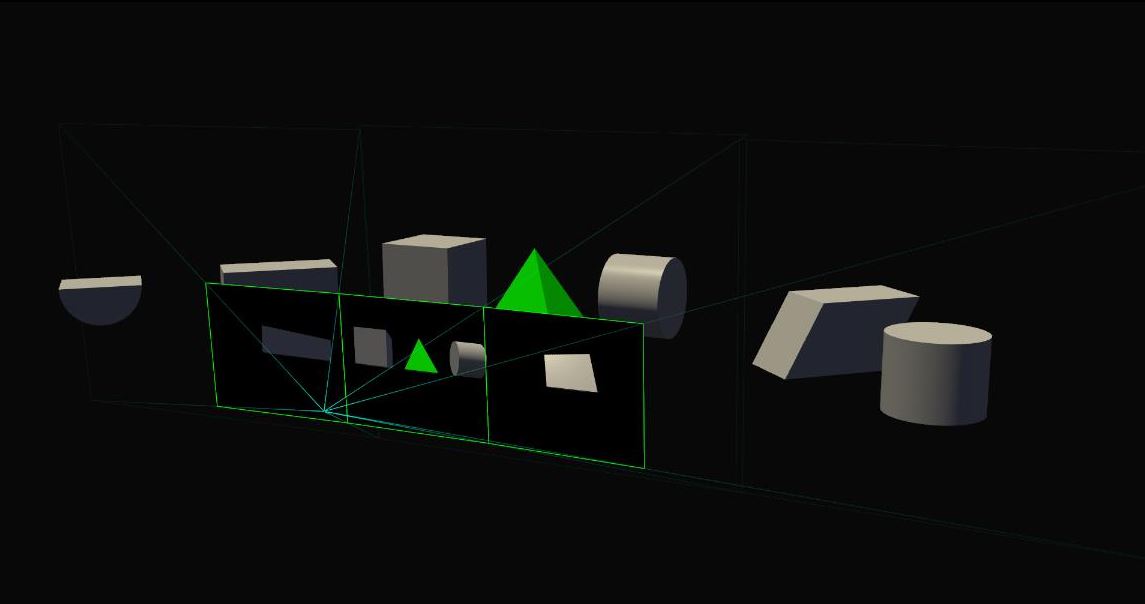I just got back from NVIDIA’s regional press conference in Bangkok, where we were being shown the company’s fastest graphics card ever made, the GeForce GTX 1080 looks pretty futuristic even if you don’t look at the specs sheet alone, the boring looking plastic shroud is gone and now comes with a polygon style metal shroud that looks really attractive. There are lots of things that we’ve managed to understand better on the new things that NVIDIA has brought to the GTX 1080, apart from the usual upgraded performance and lower power consumption we’ve come to know on GPUs, there’s more on why the new Pascal based desktop GPU is so great that you may want to hold on your cash on buying a new graphics card for now.
Multi display gaming will look much better
If you have been gaming on a surround display set up, the GTX 1080’s Simultaneous Multi-Projection engine will definitely improve that experience, not only it tends to offer a more realistic viewing angle of your extended displays it also tends to correct the angle of 3D objects being shown on extended displays. The Simultaneous Multi-Projection engine is incorporated into the new PolyMorph Engine on the Pascal architecture, which is capable of processing geometry through up to 16 preconfigured projections, this will take the user’s center perspective point of view, and projects images correctly on the surround display environment instead of seeing tilt in graphics on extended displays. In other words, gamers will find that the surround setup will look properly like an extended flat display with the correct angles in the game.
Fast Sync removes tearing and improves input latency on your high FPS games
Gamers who play MOBA games such as CS:GO and Dota 2 will benefit from this feature, Fast Sync complements high FPS games and G-SYNC monitors by decoupling the front end render pipeline from the backend display hardware. With this feature enabled, the game engine works in a way where V-SYNC is turned off while ensuring that the fast frames are rendered completely to the display, thus effectively removing graphics tearing and jitters which gamers will be able to enjoy a smooth and uninterrupted game play.
Single Pass Stereo to increase VR graphics frame rate
VR applications and games today will usually render projections to each eye of the VR headset separately, which eventually results in twice the amount of work for the GPU and affecting system performance. The Pascal’s Simultaneous Multi-Projection engine will enable the GPU to render the stereo proejctions of the image in a single rendering pass, known as the Single Pass Stereo capability, tasks such as scene submission, driver and OS scheduling and geometry processing on the GPU can be performed only once, which delivers a significant frame increase on VR applications and users should really be looking forward to an almost lag free VR experience.
NVIDIA’s GeForce GTX 1080 will be officially available on May 27th onwards with a $599 MSRP, the GTX 1070 will be available later on June 10 with a $379 MSRP. The Founder’s edition of the GTX 1080 and GTX 1070 is priced at $699 and $449 respectively, both will also be available for purchase at launch. Meanwhile, we are also expecting the new Pascal notebook GPUs to be announced on August this year, so stay tuned for more updates and drop us a comment below on any questions on NVIDIA’s new GPU.



